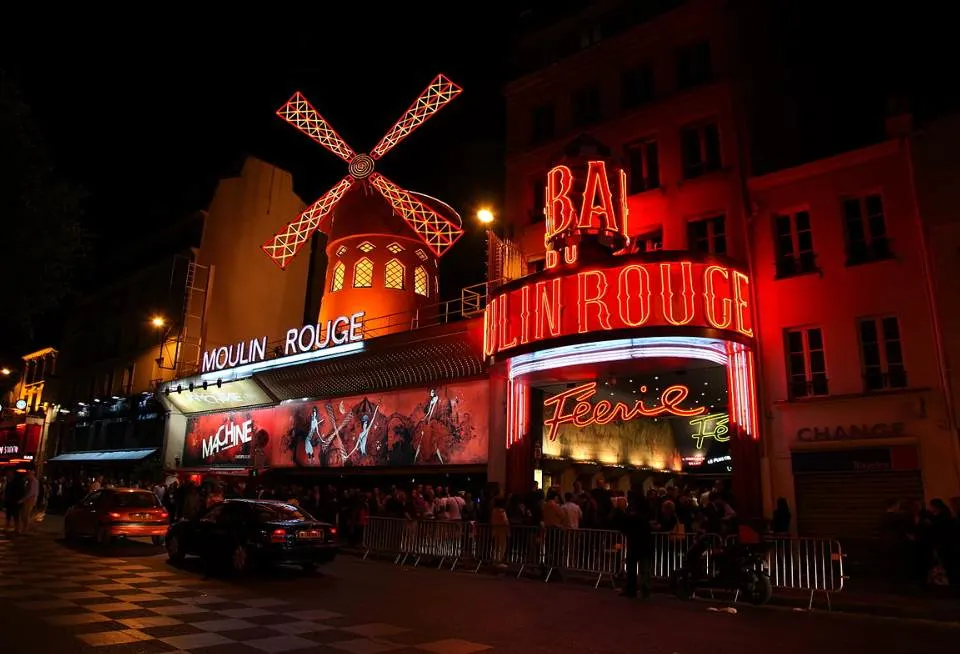Very few buildings in Paris have been featured in various forms of media than this one. That’s a bold statement, but it’s pretty accurate.
The Moulin Rouge or “Red Mill” is a popular cabaret in the French capital that has a history that goes back well over a century.
A popular type of dance was born here and this added to its success. It was also a place where many artists hung out at the end of the 19th century.
In this article, you’ll discover some of the most interesting facts about the Moulin Rouge, one of the most famous nightclubs in the world.
1. It’s located just southwest of the popular art district of Paris
The Moulin Rouge is an easily-recognizable landmark in Paris, and that’s mainly because of the distinctive red windmill that stands on top of it.
It’s located on the Boulevard de Clichy, a wide avenue in the 18th arrondissement in the northern part of Paris. It faces the Place Blanche which is the terminus of the Rue Blanche.
This is in the Pigalle district just southwest of Montmartre, the hill that dominates this section of the city and the famous art district in the French capital.

2. The cabaret was established when the Eiffel Tower was constructed
The cabaret was founded by a French impresario named Charles Zidler (1831-1897) and a Catalan businessman named Joseph Oller (1839-1922).
It first opened its doors in 1889, the year that the Eiffel Tower was constructed. This amazing tower served as the centerpiece of the World Fair that was held in Paris that year.

This was a period in history when Paris really flourished. Today, it’s known as the “Belle Époque,” a time of seemingly never-ending optimism that was abruptly ended by World War I in 1914.
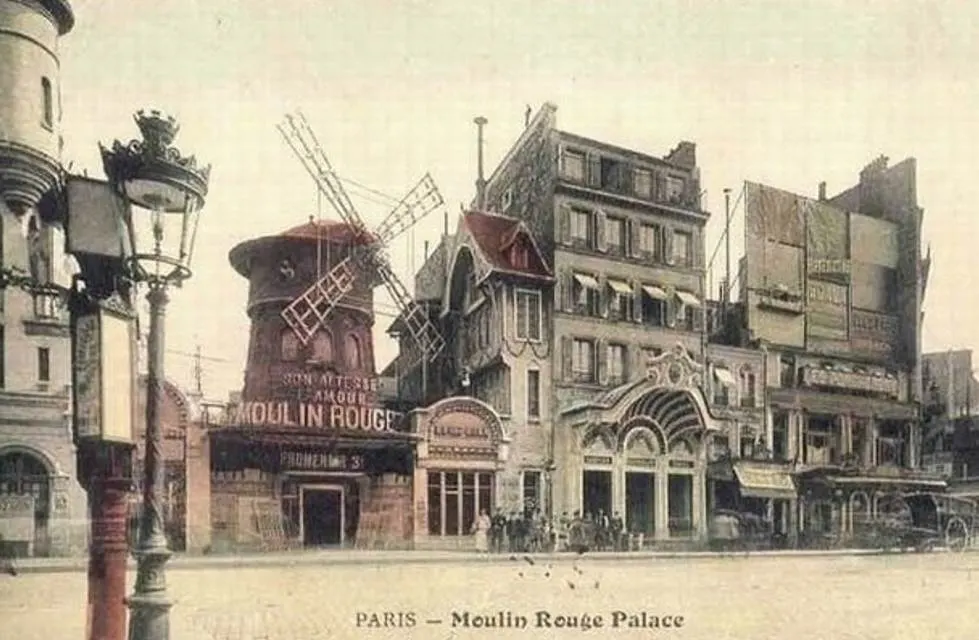
3. The Moulin Rouge was an instant success when it opened its doors
Although this popular cabaret has been known as the Moulin Rouge for over a century, it wasn’t named as such when it first opened its doors.
The establishment opened as the “Jardin de Paris” or “Garden of Paris.” That’s because it was an outdoor venue with a stage that was accompanied by a huge elephant.
Oller was a savvy businessman who knew exactly what people in Paris wanted. He created one of the most popular venues in the city where people from all walks of life mingled.
He also created a catchy name for the place as he referred to it as “The First Palace of Women.” Yes, this place was an instant success.
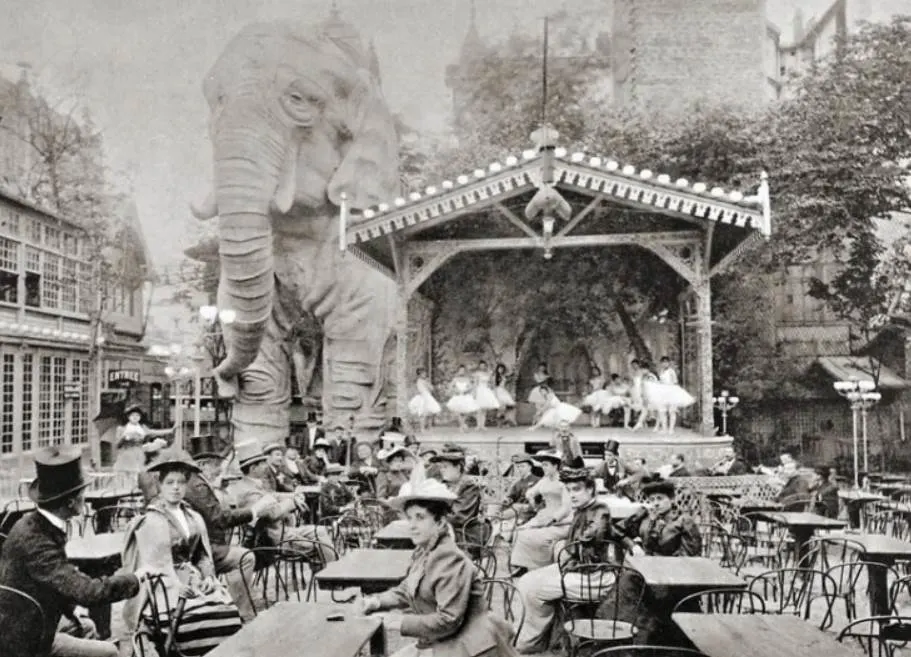
4. A famous Art Nouveau artist produced posters to promote the cabaret
Nothing becomes a great success without a solid marketing campaign. Oller quickly realized this and had a famous Art Nouveau artist design posters for it.
Henri de Toulouse-Lautrec (1864-1901) was a French artist who produced the first promotional posters for the venue in the early 1890s.
His most notable poster was titled “Moulin Rouge: La Goulue,” a reference to the popular dancer who performed there.
It was copied about 3,000 times and distributed in Paris. Few of the promotional posters have survived but the ones that did are held in famous museums all around the world.
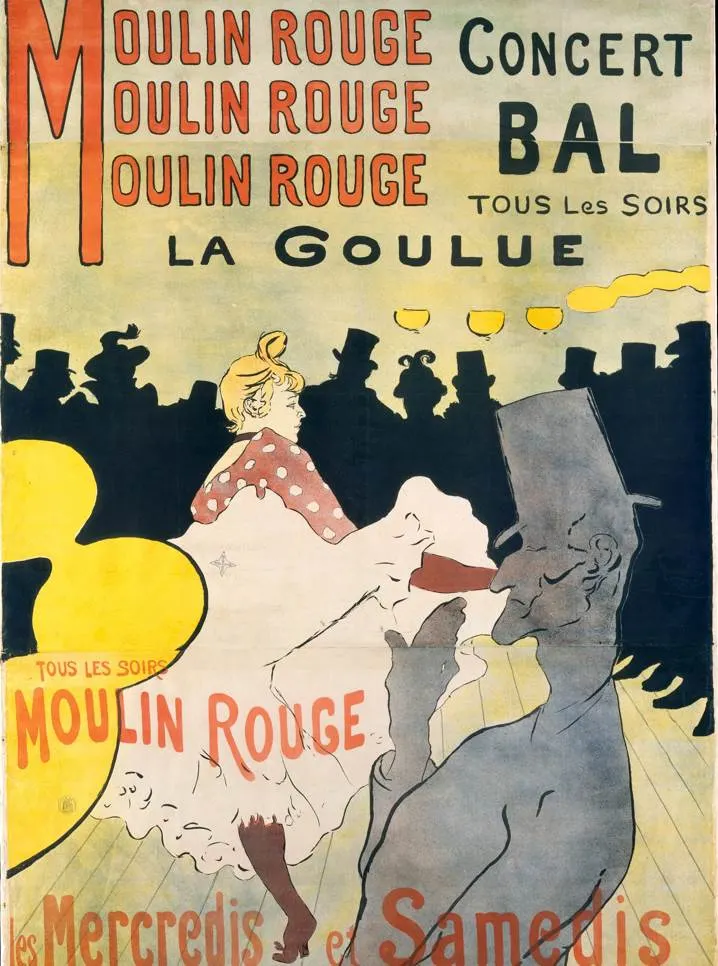
5. Many famous artists hung out at the nightclub during the final years of the 19th century
The Moulin Rouge has been described as the birthplace of the modern can-can dance, a very high-energy dance that became synonymous with the place.
This was just one aspect of the venue which was inspired by the circus during the early years. Clowns and other types of entertainers also performed here.
Most importantly, the vicinity of Montmartre, a neighborhood full of artists in the late 19th century, meant that many artists became customers.
Henri de Toulouse-Lautrec was one of the best customers. Unfortunately for him, he developed alcoholism and died just over a decade after the venue opened in 1901.

6. The shows became a lot more grandiose during the early 20th century
Another World Fair was held in Paris at the turn of the century and the 1900 Paris Exposition attracted over 8 million visitors from all around the world.
The Moulin Ruge was already the most popular cabaret in Paris at the time and countless foreigners visited the place during this event.
Not only did they like it, but it also resulted in similar venues being opened all around the world. This helped to solidify the reputation of the cabaret and make it world-famous.
This also meant that the shows became increasingly extravagant and grandiose. The years before WWI also saw the rise of the operetta as a form of entertainment.
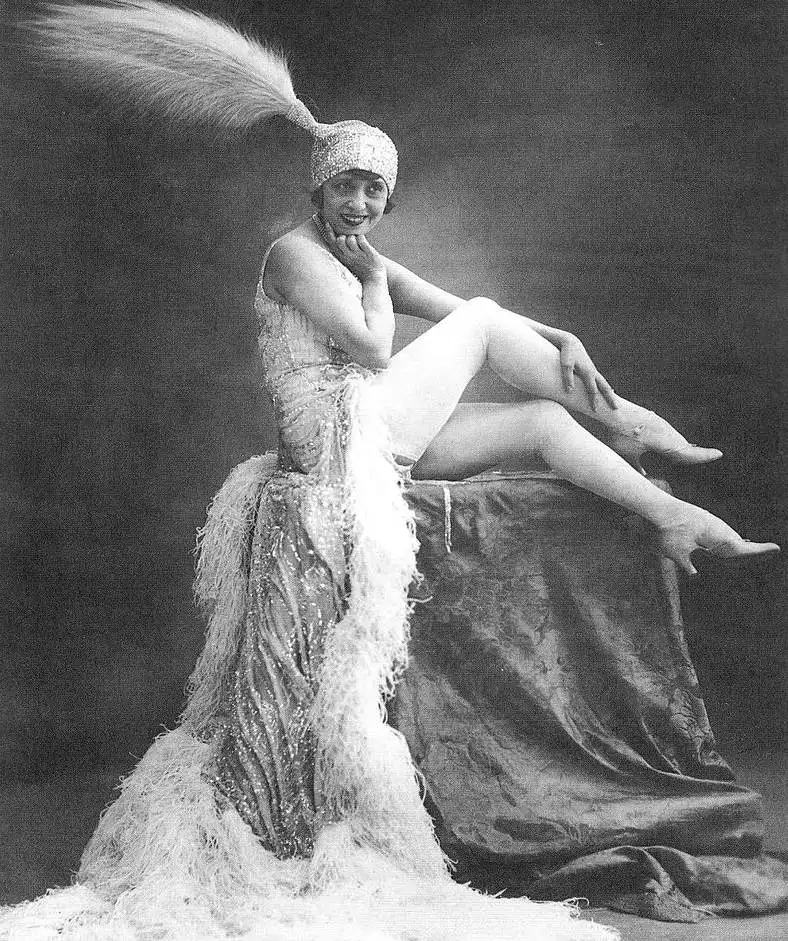
7. The original cabaret burned down and it took a decade for it to reopen
On February 27, 1915, the original cabaret burned to the ground. The cause of the fire was probably a short circuit that emerged in one of the backrooms.
The fire spread quickly and nothing could be saved. Paintings by Henri de Toulouse-Lautrec provide some insights into what the cabaret looked like during the 1890s.
Two of his most famous works depicting the interior of the venue are “At the Moulin Rouge: The Dance” (1890) and “At the Moulin Rouge” (1892-1895).
The Moulin Ruge was rebuilt in the early 1920s and opened its doors once again in 1925.
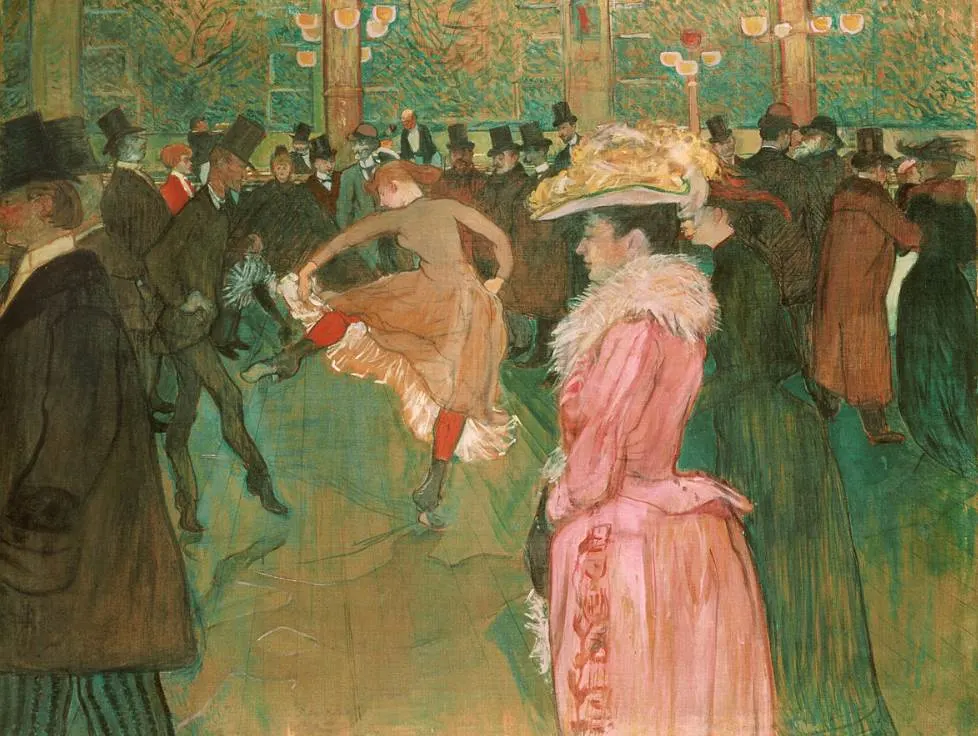
8. The venue still serves as a popular tourist attraction that offers shows today
Dance shows were still performed at the Moulin Rouge after it reopened but the place became one of the most prestigious nightclubs in the world.
It wasn’t until after World War II that the original concept of dance and shows became the main events at the cabaret, a concept that hasn’t changed ever since.
The cabaret still retains the interior of its heydays during the late 19th and early 20th centuries today, and it’s still a very popular tourist attraction in Paris.
